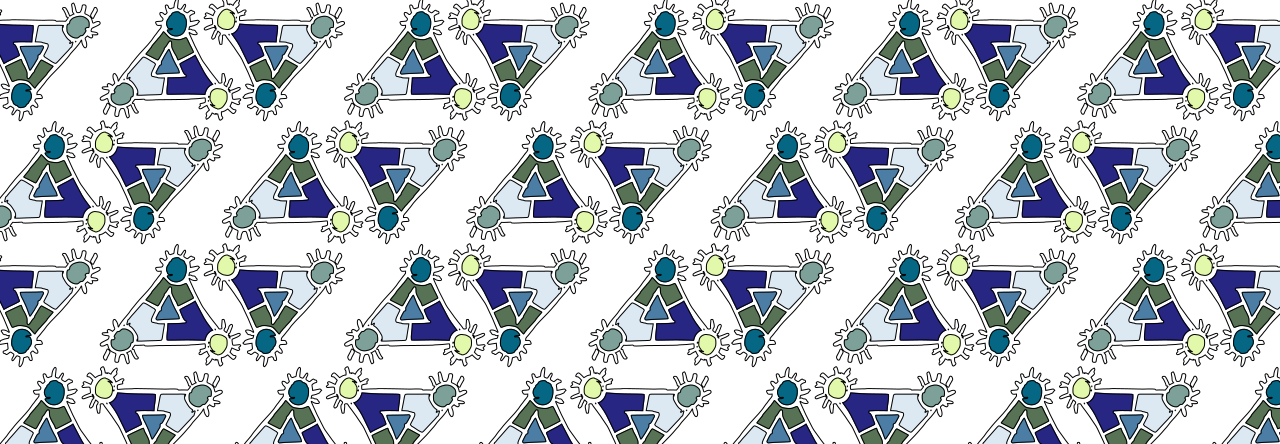So I started a little project. I use the term “little” because that is how it appears to most outside observers. To me it is far larger than a “little” project. I can count the days and hours spent on the creation of the final product itself. None of that, however, involves the time spent leading up to creating the work. The yellow brick road began long before I started piecing together any of the disparate ideas that would ultimately allow such a project to form in my mind. At any rate, I started a “little” project.
This little project is, at its core, twenty-five ten-minute plays. That’s the creative end product. I spent five weeks writing one play each weekday. Each play was, then, written in under 24 hours. There is also a meaningful separation between each week of scripts because I was also testing out playwriting exercises I’d devised as such:
- Monday: Write an “Original” 10 Minute Play
- Tuesday: Modify “Monday Script” with Playwriting Exercise.
- Wednesday: Modify “Monday Script” with Playwriting Exercise.
- Thursday: Modify “Monday Script” with Playwriting Exercise.
- Friday: Modify “Monday Script” with Playwriting Exercise.
This became the flow of my life for five weeks. Each week, then, is a curious set of material that is ultimately very strongly related with itself. So, in essence, there are five groupings of related plays.
Now, I know what you’re thinking: “You wrote the same play five times? psssh! BORING!” My answer might surprise you: You’re not entirely wrong. This could be very boring indeed (and, for some of the modifications, it’s a defensible position to take). However, before you jump to that conclusion entirely, I’d like to point you to three of the “Week One” scripts (that, as of this writing, are already posted on the website). I’m providing links below for each of the PDF files. Even a cursory glance at each of the plays will reveal how striking the differences were within the first week of scripts.
- Monday: The Progress of Confusion 1.0
- Wednesday: The Progress of Confusion 1.2
- Friday: The Progress of Confusion 1.4
The variations and modifications do not, in fact, have to be boring or remarkably similar. In fact, 1.0 and 1.1 are probably the most similar of any of the scripts in “Week One,” and it is this wide variety of material that was particularly interesting to me. How much can a script change? How much might it possibly improve? How quickly can these changes occur?
However, it is a lot of reading (sorry). I say as much (upfront) on the project’s website. Playwriting is not an internet friendly medium, even in the ten-minute play form. (And it really doesn’t help the cause that playwriting is an unfinished art form to begin with — productions transform the written part into a whole). This week has shown me just how “internet unfriendly” playwriting truly is:
A very (very very) modest amount of interest was generated on Day #1 of the project — New! Shiny! — but as you can see from the graph above, that tapered off very very quickly. (And, of course, not every person who visited the site downloaded one of the scripts… and not everyone who downloaded a script actually read it… and on and on.) Does this make me cry? No. Is it disappointing? Sure. I wish more people would see the work for a number of reasons. That’s not entirely up to me though. I’ve worked on this stuff and put it out there. I have to rely on others to extend its reach for me. Perhaps that other is you.
One of the reasons I release my works under a free culture license is because I truly believe that it is congruent with the present. Despite governmental movements indicating otherwise, lobbying money swaying against it, and decaying business models crying out that they are, in fact, acting on behalf of “the artists” and their “best interests,” I believe we’re swinging in the other direction. I believe we are firmly moving towards something more open, more accessible, more shared, and with more rights for the end user. Maybe it will take a while, but can’t you feel the momentum?
At any rate, the below graph (via the thought-provoking questioncopyright.org) indicates my ultimate hope for these works (in terms of their use and exposure). I’m not saying that “they’re good” (that’s up to you), and I’m certainly not expecting them to become “classics” (they probably aren’t), but for right now they might just be worth reading, seeing, using, remixing, or otherwise benefiting from in some way. Again, though, that’s up to you. At any rate, I’m just waiting for the up-swing. If you enjoy a play: share it and/or do something with it. I couldn’t really ask for anything more wonderful — more current — than that.



Leave a Reply